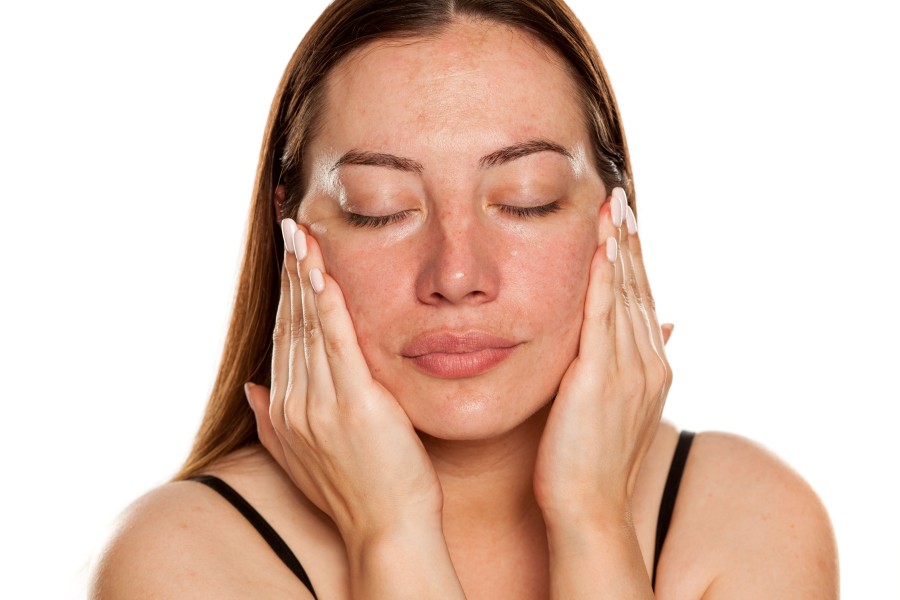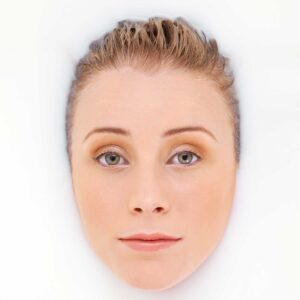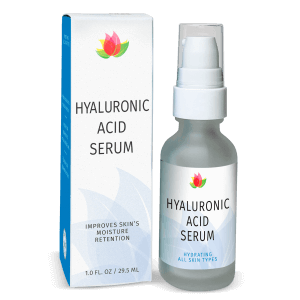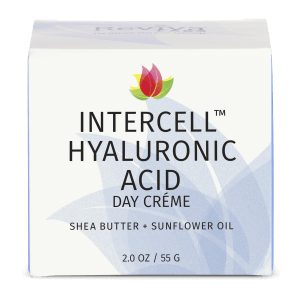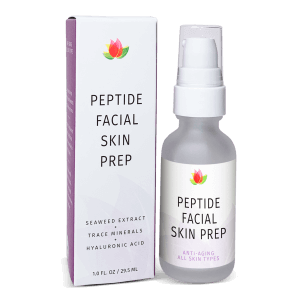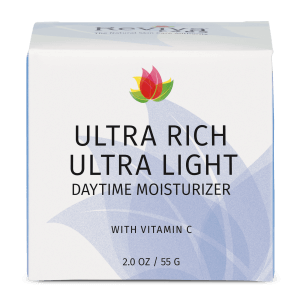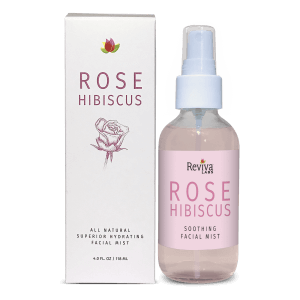Clean Beauty, Ingredients, Natural, Reviva Labs, Skin Care
Understanding Skin Health: Dry Skin vs. Dehydrated Skin
Our skin, the largest organ in our body, requires proper care and attention to maintain its health and vitality. However, one common challenge many individuals face in their skincare journey is distinguishing between two prevalent skin conditions – dry skin and dehydrated skin. While these terms are often used interchangeably, they represent different conditions with distinct causes and treatments. This article delves into the differences between dry and dehydrated skin, their causes, symptoms, and how to care for both.
Defining Dry and Dehydrated Skin
Dry Skin: A Skin Type
Dry skin, also known as alipidic skin, is a specific skin type characterized by a chronic underproduction of sebum, the skin’s natural oil. This lack of oil results in a rough texture, visible lines, and a more prone-to-itch sensation. Dry skin can be a persistent condition that you are born with, often linked to genetic predisposition. It can be worsened by factors such as age, environment, and certain lifestyle habits.
Dehydrated Skin: A Skin Condition
On the other hand, dehydrated skin is a temporary skin condition rather than a skin type. This condition signifies a lack of water in the skin, which can affect anyone, regardless of their skin type. Even individuals with oily skin can experience skin dehydration. Dehydrated skin often presents itself with a dull appearance, less visible elasticity, and a tight, uncomfortable feeling.
Dry Vs. Dehydrated Skin: The Key Differences
Although dry skin and dehydrated skin may exhibit similar symptoms, such as roughness or a tight feeling, they stem from different root causes and thus require separate solutions. Dry skin is primarily due to a lack of oil, while dehydrated skin is a result of insufficient water content.
Dry Skin: Too Little Oil
Dry skin results from a lack of oil in the skin, which is often due to genetics but can be exacerbated by both internal and external factors. Extreme temperatures, harsh skincare products, and certain medical conditions can contribute to skin dryness.
Dehydrated Skin: A Lack of Water
Dehydrated skin, on the other hand, is a result of excessive water loss. This can be due to a damaged skin barrier, a lack of water in the diet, or extreme weather conditions. One of the most obvious signs of dehydration is a lack of elasticity in the skin, leading to more prominent fine lines and a dull or sagging appearance.
Identifying Dry and Dehydrated Skin
While symptoms can overlap, there are distinct signs to look out for when identifying dry or dehydrated skin:
Signs of Dry Skin
- Rough texture
- Itching
- A feeling of tightness
- More pronounced fine lines
- Scaling, peeling, or flaking.
Signs of Dehydrated Skin
- Skin dullness
- Itchiness
- More sensitive fine lines and wrinkles
- Darker under-eye circles
- Tired eye appearance
What Causes Dry and Dehydrated Skin?
Understanding the causes of both dry and dehydrated skin can help us better address each condition.
Causes of Dry Skin
Dry skin is often due to genetics and can be worsened by a variety of factors. These include:
- Extreme temperatures: Both hot and cold weather can exacerbate dryness.
- Harsh skincare products: Products that strip the skin can remove too much oil, leading to dry skin.
- Medical conditions: Certain medical conditions can contribute to dryness.
- Lifestyle and age: Factors like hormones, diet, and the natural aging process can also affect skin dryness.
Causes of Dehydrated Skin
Dehydrated skin, on the other hand, results from excessive water loss. Some common causes include:
- Damaged skin barrier: A damaged skin barrier can lead to excessive water loss.
- Lack of water in diet: Not consuming enough water can cause skin dehydration.
- Extreme weather conditions: Cold, arid climates are particularly associated with skin dehydration.
How to Care for Dry and Dehydrated Skin
Both dry and dehydrated skin can be managed with a proper skincare routine and healthy skincare habits. Here are some tips on how to care for both conditions:
- Nourish and Protect Your Skin Barrier: A strong skin barrier is essential in preventing water loss, increasing sensitivity, and reducing irritation. Protect your skin barrier with antioxidant-rich treatments designed to strengthen and nourish the skin.
- Don’t Skip Eye Cream: The skin around your eyes is thinner and drier than the rest of your facial skin. This makes it more susceptible to age-related concerns like wrinkles, fine lines, and dark circles. To keep under-eye dryness at bay, using a moisturizing eye cream is vital.
- Choose Your Cleanser Carefully: If you’re prone to dry or dehydrated skin, using the right cleanser can make a significant difference in how your skin looks and feels. Cleansers with harsh ingredients can damage the skin barrier, making you more prone to losing natural oils and water.
- Address Signs of Dehydration with Anti-Aging Formulas: Dehydrated skin is less elastic and therefore less able to retain its shape after repeated movements, like squinting. Anti-aging moisturizers can help minimize the appearance of some of these concerns for a more youthful appearance.
- Stay Hydrated: Drink plenty of water and consume water-rich fruits and vegetables to maintain your body’s and therefore your skin’s hydration levels.
In Conclusion
While dry skin and dehydrated skin may initially seem similar, they are two distinct conditions that require separate strategies for effective management. Understanding these differences is crucial in implementing a skincare regimen that targets your specific needs, helping you achieve and maintain healthy, glowing skin. Remember to always consult with a dermatologist or skincare professional for personalized advice and treatment plans.



